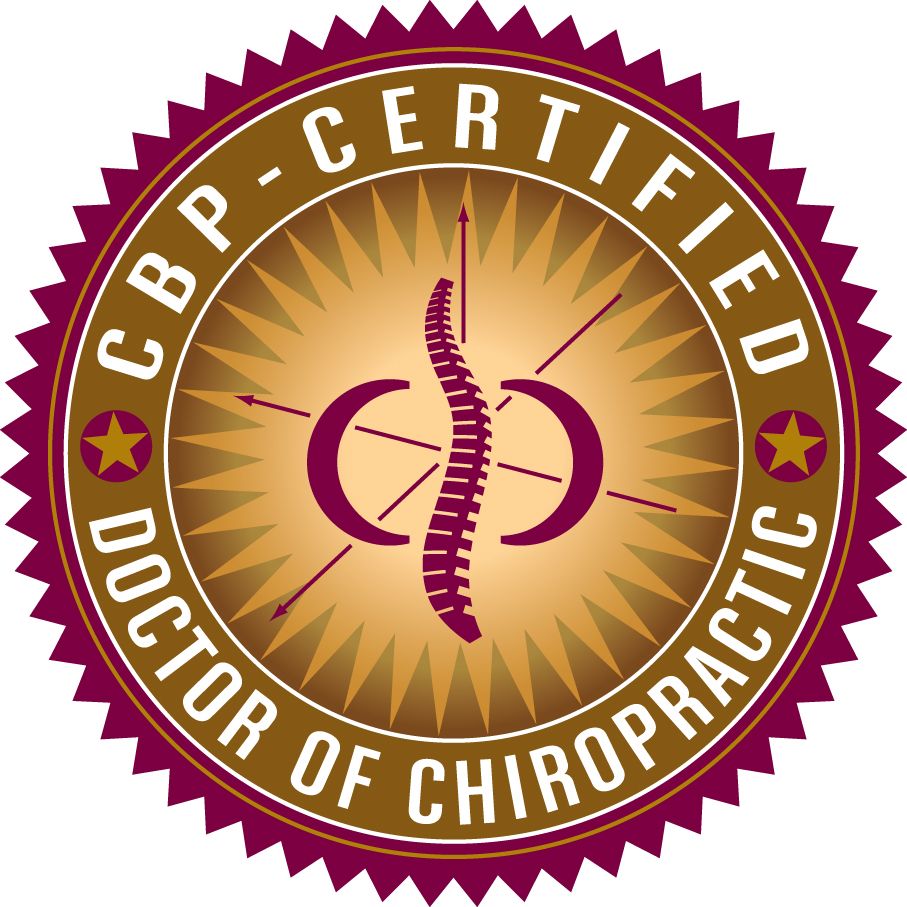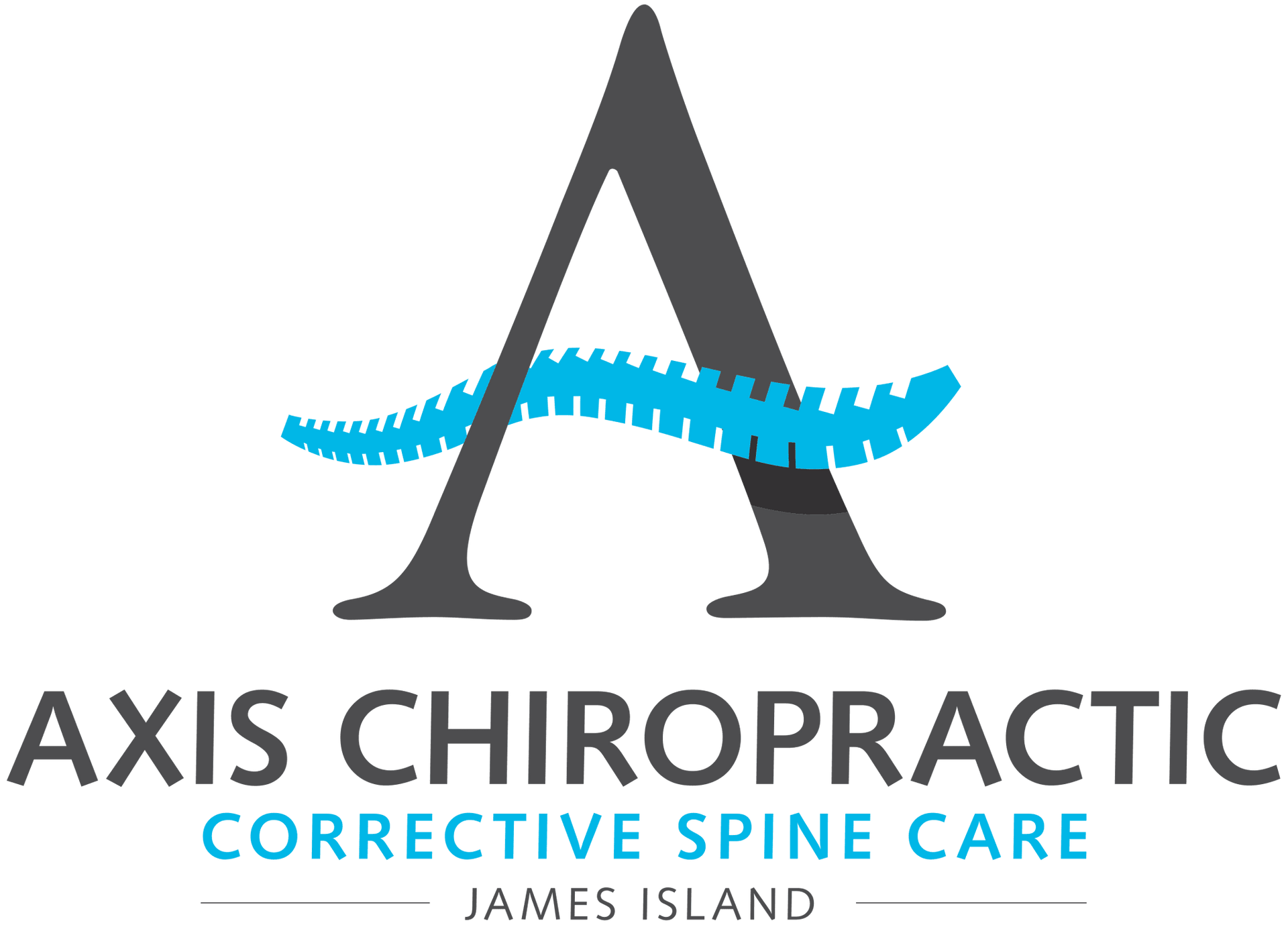What is Spinal Stenosis?
Spinal stenosis, a common condition you or someone close to you might be experiencing, is marked by enduring back pain, among other discomforts. Whether you’ve been recently diagnosed with spinal stenosis, or suspect that you may have the condition, this overview is for you. Here, we aim to provide a clear understanding of spinal stenosis, including its causes, symptoms and treatment options.
Understanding the Condition
Spinal stenosis occurs due to the narrowing of the spinal canal, a pathway in each vertebra that encases the spinal cord. This constriction can exert pressure on the spinal cord and its nerves, commonly resulting in back pain and discomfort.
The condition primarily manifests in two forms: lumbar spinal stenosis, which affects the lower back (lumbar spine), and cervical stenosis, which impacts the neck region or cervical spine. Thoracic (middle back) stenosis is rarer.
Identifying the Causes
Spinal stenosis doesn’t develop spontaneously. Rather, it can stem from a variety of factors, often a combination of age-related changes and other medical conditions.
- Osteoarthritis: The most common cause of spinal stenosis, osteoarthritis involves the degeneration of the tissue at the ends of bones. As facet joints and ligaments wear down over time, the spinal canal may narrow, leading to stenosis.
- Bone spurs: The growth of bone spurs into the spinal canal can aggravate the narrowing, causing discomfort or pain.
- Paget’s disease: This long-term bone disorder leads to enlarged and misshapen bones. When it affects the spine, it can result in the narrowing of the spinal canal.
- Scoliosis: People with scoliosis, marked by an unusual side-to-side spinal curvature, are at a heightened risk of developing spinal stenosis.
- Tumors: While less frequent, tumors or the proliferation of soft tissues in the spine can also play a role in causing spinal stenosis.
Recognizing the Symptoms
Spinal stenosis symptoms can differ significantly among individuals both in type and intensity. While some may experience only mild discomfort or muscle cramps, others might suffer from intense pain or mobility challenges. The symptoms largely depend on the stenosis’s location within the spine.
Pain and discomfort
Lower back and neck pain are frequent symptoms, as spinal stenosis commonly occurs in the cervical and lumbar regions. Lumbar stenosis often leads to leg cramping and lower back pain, whereas cervical stenosis can cause neck discomfort.
Sciatica
Sciatica is pain that travels along the sciatic nerve pathway, extending from the lower back through the hips and buttocks and down the legs. Although SCIATICA has various causes, it can sometimes be a symptom of spinal stenosis.
Radiculopathy
This condition involves the pinching of one or more nerves, resulting in pain, numbness or weakness. These symptoms originate from the compressed nerve in the spine and extend to the affected areas. They may fluctuate and worsen with activities like walking or standing.
Cauda equina syndrome
This is a critical and rare condition where the nerve roots at the lower end of the spinal cord are compressed. It can lead to loss of sensation, paralysis and severe symptoms in the lower limbs and pelvic region. This condition demands immediate surgical intervention.
Diagnosing the Condition
To diagnose spinal stenosis, healthcare professionals typically start with a comprehensive physical exam and a review of the patient’s medical history. They might suggest imaging tests such as x-rays, computed tomography scans (CT scans) or magnetic resonance imaging (MRI). In some instances, a myelogram, which uses contrast dye to create detailed images of the spine, may be used during the diagnosis process.
Risks and Prognosis
Spinal stenosis is more frequently identified in people over the age of 50, due to degenerative changes that can occur in your spine when you age. However, it can affect younger people too or occur as a result of injury.
If left untreated, the progressive nature of spinal stenosis can intensify symptoms over time. A prompt diagnosis and intervention are your greatest allies for a positive outcome and can reduce the necessity of spine surgery in the future.
Non-Surgical Treatments for Spinal Stenosis
If you’re suffering from spinal stenosis, there are multiple ways to address your symptoms. From holistic, traditional practices to medications and injections, these treatments each work in different ways to treat this painful condition.
Spinal decompression therapy
This therapy, usually performed by a chiropractor, involves gently stretching the vertebral column to change its force and position. This change in pressure can lead to the retraction of bulging or herniated disks, potentially reducing pressure on the nerves and other structures in the spine. DECOMPRESSION THERAPY is often used to relieve pain and promote an optimal healing environment for bulging, degenerating or herniated discs.
Class IV medical laser therapy
This advanced form of laser therapy uses high-intensity light to stimulate tissue repair and relieve pain. The laser’s heat penetrates deep into the tissues, promoting cellular regeneration at the molecular level. It can reduce inflammation, enhance blood flow and speed up the healing process, making it a valuable tool in treating spinal stenosis-related pain and discomfort.
TENS unit therapy
TENS (Transcutaneous Electrical Nerve Stimulation) unit therapy can be an effective tool for managing pain associated with spinal stenosis. This therapy uses low-voltage electrical currents to provide pain relief by interrupting the pain signals sent to the brain. It’s a non-invasive, drug-free solution for pain management, suitable for reducing discomfort and enhancing mobility for those suffering from spinal stenosis.
Physical therapy
Physical therapy focuses on strengthening and stretching exercises to improve flexibility and support the spine. By targeting specific muscle groups, it can help alleviate pressure on the nerves, improve mobility, and reduce symptoms of spinal stenosis. Physical therapists may also use techniques such as massage, heat therapy or electrical stimulation to further aid in pain relief and rehabilitation.
Acupuncture
Acupuncture, a staple in traditional Chinese medicine, involves inserting thin needles into specific points on the body to stimulate nerves, muscles and connective tissue. This stimulation can boost the body’s natural painkillers and increase blood flow. Acupuncture is considered an effective complementary treatment for managing pain and other symptoms associated with spinal stenosis.
Steroid injections
These injections deliver steroids directly into the epidural space in the spine, reducing inflammation and swelling of spinal nerves and other tissues in the area. This can relieve pain and allow for better mobility, thus increasing the effectiveness of physical therapy. Epidural steroid injections are often used for temporary relief and as part of a broader treatment plan for spinal stenosis.
Lifestyle modifications
Making changes in daily activities and habits can help you manage spinal stenosis symptoms. This includes maintaining a healthy weight, avoiding activities that worsen symptoms, practicing good posture and engaging in low-impact exercises like walking or swimming. These lifestyle habits can help reduce the strain on the spine and alleviate pain.
Surgical Interventions for Spinal Stenosis
Surgical approaches to spinal stenosis are typically reserved for instances where non-surgical treatments have been ineffective, or in severe cases of the condition. These procedures, performed by orthopaedic surgeons, are designed to alleviate pressure on the spinal cord or nerves.
Laminectomy
A common surgery for spinal stenosis, laminectomy involves removing the lamina, the part of the vertebra covering the spinal canal. This procedure expands the spinal canal, thereby reducing pressure on the nerves or spinal cord. It is often recommended when significant relief is needed from nerve compression.
Laminoplasty
In this surgery, rather than removing the lamina, a hinge is created on it, enlarging the space within the spinal canal. Laminoplasty is mainly performed on the cervical (neck) portion of the spine. It helps in easing the pressure in the spinal canal without removing the bone entirely.
Spinal fusion
This involves the permanent fusion of two or more vertebrae to stabilize the spine and reduce pain. Often performed alongside a laminectomy, spinal fusion helps in maintaining spinal stability and alignment. It’s particularly useful in cases with significant spinal instability or deformity.
Interspinous process device (IPD)
A less invasive surgical option, the IPD procedure involves placing a device between the spinous processes at the back of the spine. This device helps to maintain an open spinal canal, thereby alleviating nerve pressure. It is a newer option that offers an alternative to more extensive surgical methods.
While surgical treatments can be effective, they also carry risks; in fact, the risk of adverse outcomes is 10% TO 24% in surgical cases, whereas more conservative interventions typically have no adverse effects. Seek out a healthcare provider who is well-acquainted with both surgical and nonsurgical interventions for spinal stenosis to ensure all options are being considered.
Takeaway: A Chiropractor’s Perspective
Understanding spinal stenosis thoroughly is vital for effective diagnosis and treatment. In this condition, the spinal canal narrows, exerting pressure on the spinal cord and nerves. This issue primarily occurs in the cervical and lumbar regions, impacting the neck and lower back. Various factors, including age-related degeneration, bone spurs, osteoarthritis and Paget’s disease, can contribute to its onset. Symptoms can range from mild discomfort to severe pain and mobility challenges.
Diagnosing spinal stenosis typically involves a comprehensive physical examination and imaging tests like x-rays, CT scans or MRIs for a more in-depth analysis. Early diagnosis and appropriate chiropractic care can significantly improve the prognosis and potentially avoid the need for more invasive treatments like surgery.
At our clinic, we prioritize non-invasive treatments such as decompression therapy and Class IV laser therapy. These methods are focused on alleviating pain, enhancing mobility and improving overall quality of life. They are supported by other alternative approaches, including physical therapy, targeted medications and lifestyle adjustments, all aimed at symptom management. Surgical options are generally considered a last resort, typically recommended only when other methods fail to provide sufficient relief.
The ideal treatment plan varies based on individual symptoms, their intensity and the patient’s general health. Talk to your healthcare provider to understand the potential benefits and risks of different treatment options.









